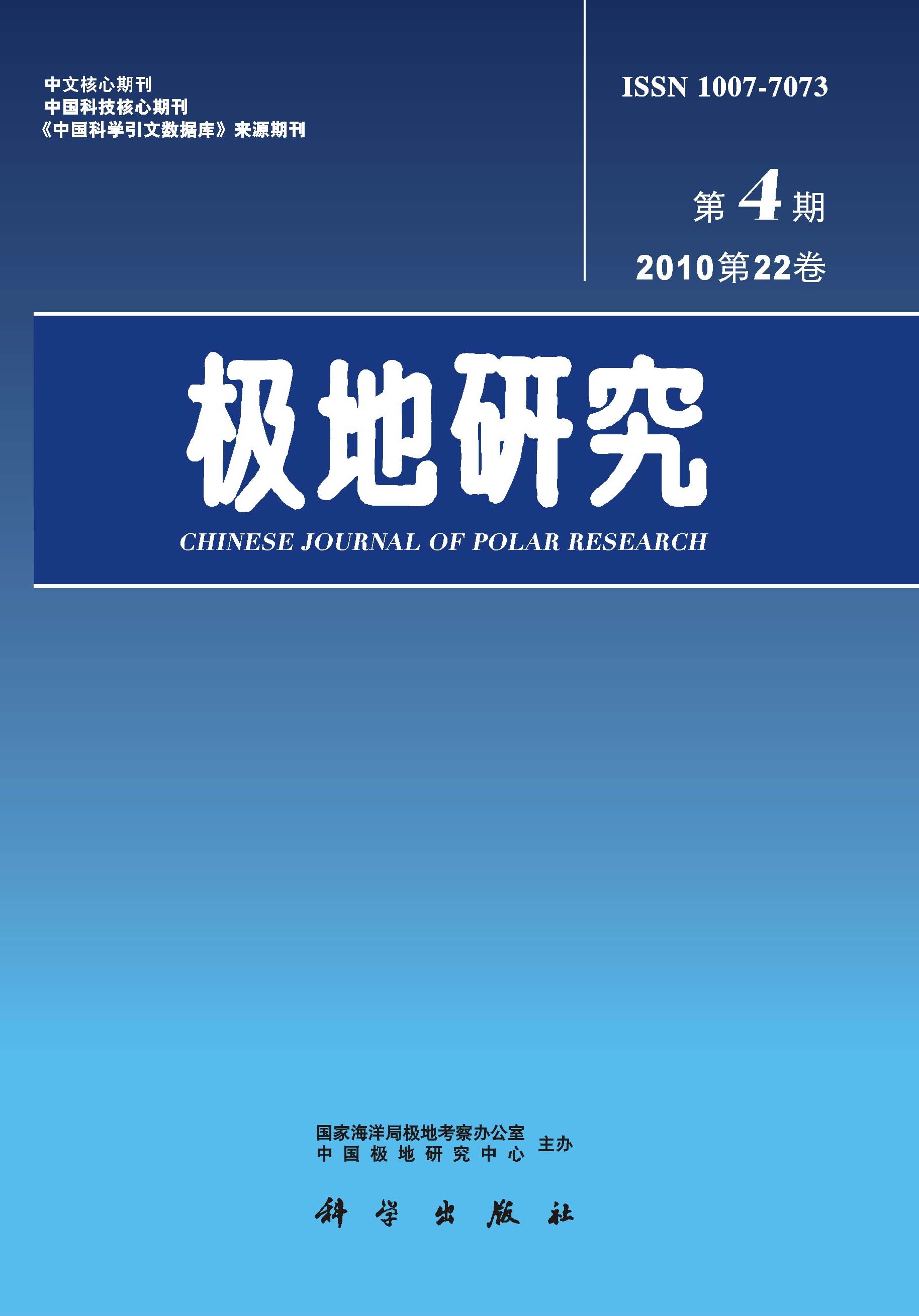Fildes Peninsula consists mainly of basaltic, basalt-andesitic lavas, pyroclastic, thin-layered pyroclastic-sedimentary fossil-bearing strata, and subvolcanic intrusions, dykes, corresponding with each effusive periods. The rocks are usually well crystallized, with porphyritic texture. The continental effusive lavas can be subdivided into 3 volcanic cycles. The early eruption centers were relatively concentrated on western coast of the peninsula, and have migrated eastward since the Late Miocene. The strata in the area are structurally marked by gentle monoclines, with NNE dip at angles of 10-15°. A few symmetrical folds are present only in the vicinity of some fracture zones. The strike-slip normal faults are well developed, which have been formed in late period of volcanic activity, and have further intensely activated during the. opening of Bransfield Rift near the end of Tertiary. The nature of volcanic rocks is relatively simple. Based on the features of major, trace elements, and the ralationship between them, these rocks are considered to be the products of island-arc volcanism and represent basically calc - alkaline basalt with some characteristics of island-arc tholeiite. The isochron ages of whole-rock by Rb-Sr and K-Ar methods are 55-25 Ma, which show that the volcanic activity in this re- gion has continued from the Eocene till to Quaternary. Since the Late Mesozoic, the Antarctic Peninsula Igneous-arc migrated westward, with the increase of basic composition of rocks. It means that the composition of continental salic crust diminished westward, and the position of magma chamber has passed through the continental margin and into the oceanic mantle.

